29 Companion Plants for Tomatoes (With Pictures)
-
Jeff Weishaupt
- Last updated:
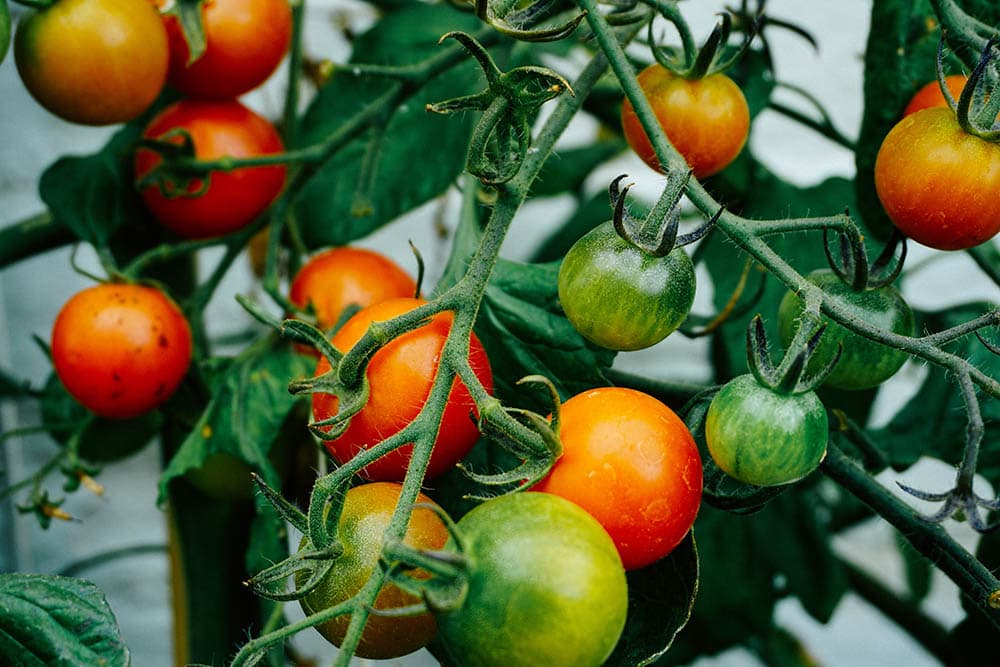
Companion planting is an excellent way to enhance the growth of your plants and yield better output. If you’re new to gardening, companion planting refers to planting a group of particular crops close to each other to achieve enhanced results.
Companion planting helps boost nutrient uptake, improve crop production and encourage pest control and pollination. So, if you’re facing issues with your tomato crops, you can plant some specific plants close to them to prevent pests and boost their health.
The best companions for tomatoes include basil, bush beans, clovers, cucumbers, and many more. However, some plants could be the worst companions to tomatoes. So be mindful when planting new herbs or plants in your garden.
This post will discuss 29 of the best companion plants and 8 of the worst companion plants for tomatoes to help you with your gardening efforts.
What Is Companion Planting?
Before we get to the list, let’s understand what companion planting is. Even if you’re an expert gardener, there might be something that you wouldn’t know.
Companion planting is the practice of planting, intercropping, or developing a polyculture where different crops are planted close to each other. Companion planting aims to help different plants achieve mutual benefits by growing next to each other. It is somewhat similar to succession planting.
The most common benefits of companion planting are:
- Pest control
- Disease prevention
- Better growth
- Enhances soil health
- Boost pollination
Most gardeners do companion planting to manage the damaging pests, which is the most common issue with growing a tomato garden. However, if you choose the wrong ones, you might worsen the pest problem. This is why knowing the best and worst companions for tomatoes is very important.
21 of the Best Tomato Companion Plants
The good news is that many plants grow best with tomatoes. These crops not only support the growth of tomato plants but ensure their right flavor and optimum health.
The 29 best companions for tomatoes on this list include flowers, herbs, root vegetables, and much more. A few of these plants are used as cover crops, which are grown separately to enhance the soil and prevent erosion. The others can be used as standard crops. Let’s check them out.
1. Bush Beans

Bush beans are not only nutritious, but they also help your tomato plants nourish and prosper even in extreme conditions. These short plants increase the air circulation near your tomato plants. This prevents damp and humid conditions that could result in spore development.
Additionally, bush beans also promote pollination near your tomato crops. They attract bumble bees toward your tomato garden, which is a win-win situation for both crops.
2. Clovers
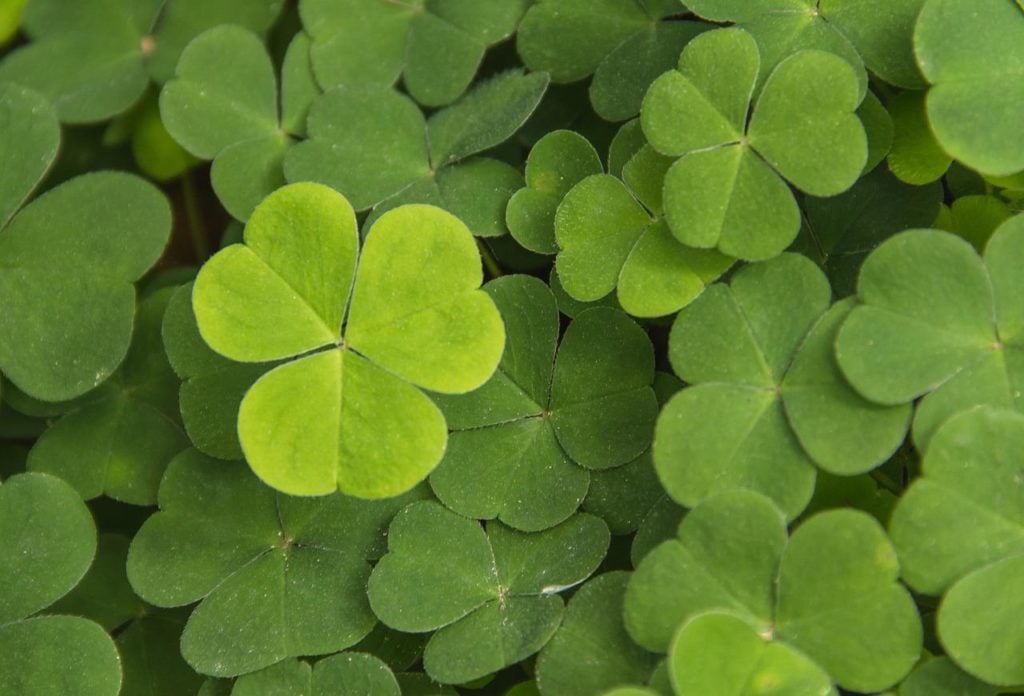
Whether you’re a fan of red clover or crimson clover, both can help your tomato crops in many ways. Both types of clover provide the soil with sufficient amounts of nitrogen to stay healthy.
Clovers also boost pollination, attracting bumble bees and many other insects to the tomato crop. The best part about growing clovers near tomatoes is that they repel weed growth in their proximity. This makes clovers the best and most beneficial tomato plant companion.
3. Basil
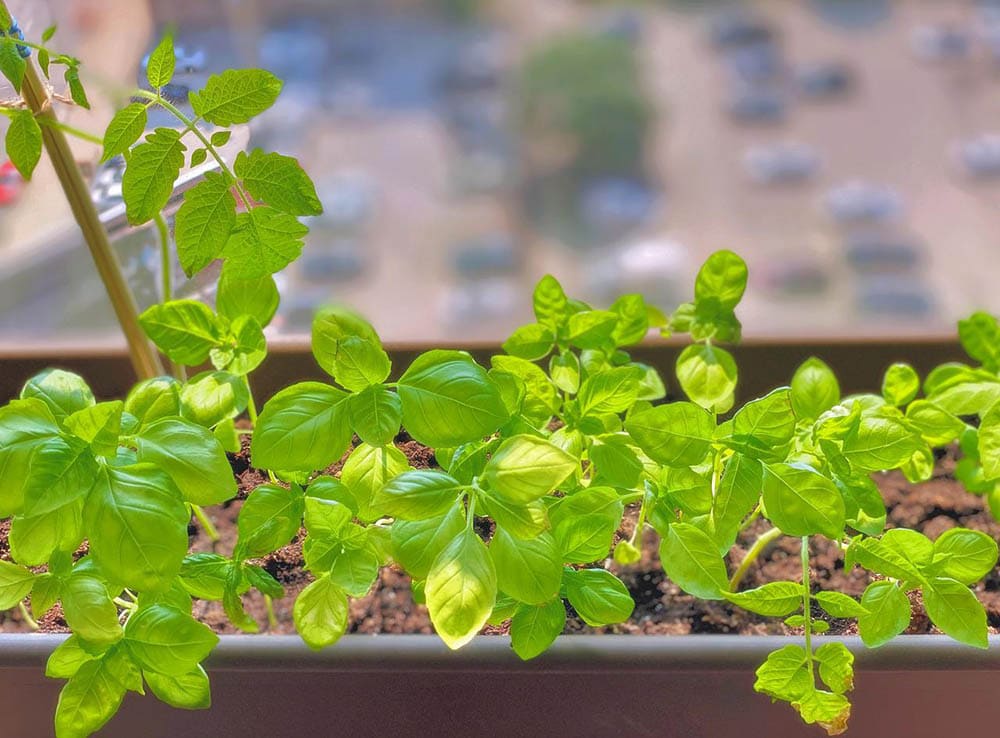
Basil is a very beneficial herb used for various purposes other than food. It not only enhances the flavor of your favorite meals but can also repel insects and flies, including fruit flies and mosquitoes.
Basil can also improve the growth of various plants and prevent pests from infecting your tomato crops. As a result, they stay healthy and free from many diseases. This means you can also elongate the lifespan of your tomato plants with basil.
4. Thyme
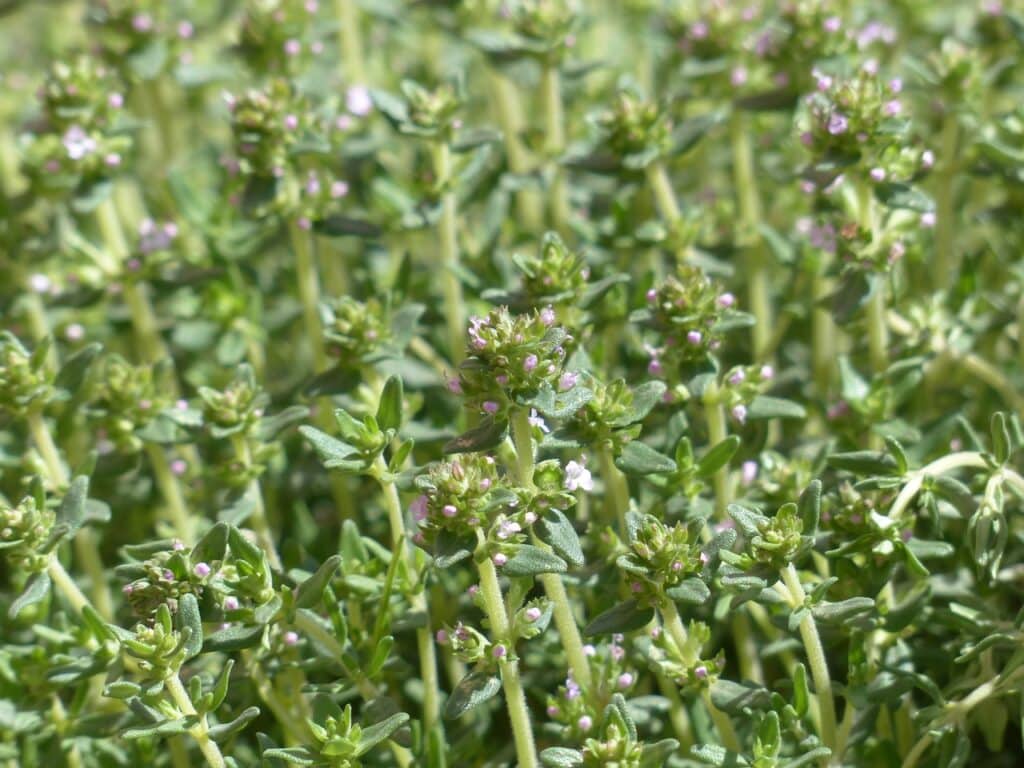
Thyme is used in many dishes to add the right dash of flavor. But the herb’s benefits go beyond just cooking purposes. For example, you can plant thyme near your tomato crops to prevent the adult armyworms from laying eggs and multiplying their family.
If you reside in the Eastern regions of the US, you may have spotted yellow-striped bugs near your tomato fields. That’s the most common armyworm in these areas that can significantly damage your home-grown tomatoes.
5. Oregano, Dill, and Cilantro

All these three herbs are easy-to-grow and add just the right flavors to your meals. They also look beautiful in your garden or backyard and make the best companions for tomatoes.
Dill, oregano, and cilantro attract beneficial insects or bugs to the garden, so they can eat parasitic bugs and other harmful insects. This helps you control pest growth in your tomato crops and ensure their optimum health.
6. Parsley, Chives, Mint, Bee Balm, and Lemon Balm
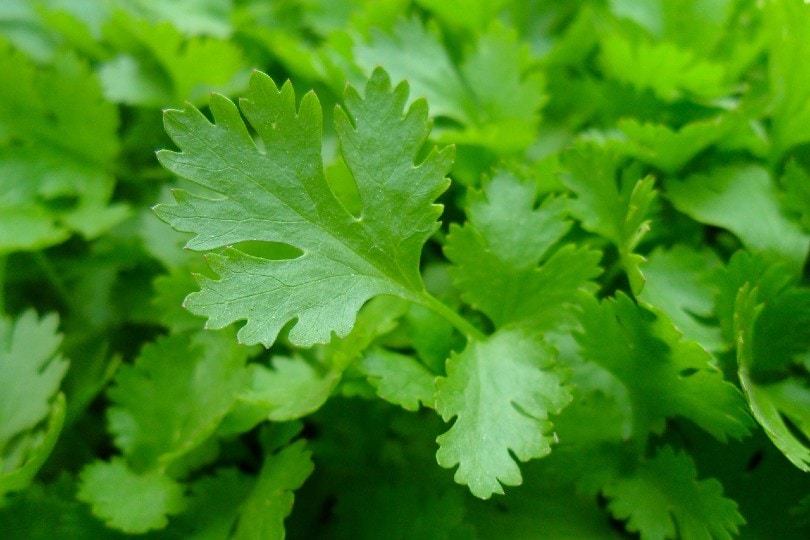
All these herbs enhance the flavor of tomatoes and our meals. So, growing these herbs near your tomato field is beneficial for everyone. For instance, you’ll always have fresh herbs available, your tomatoes will have improved health, and your home will look beautiful. However, remember that lemon balm, bee balm, and mint can become invasive.
7. Mustard Greens
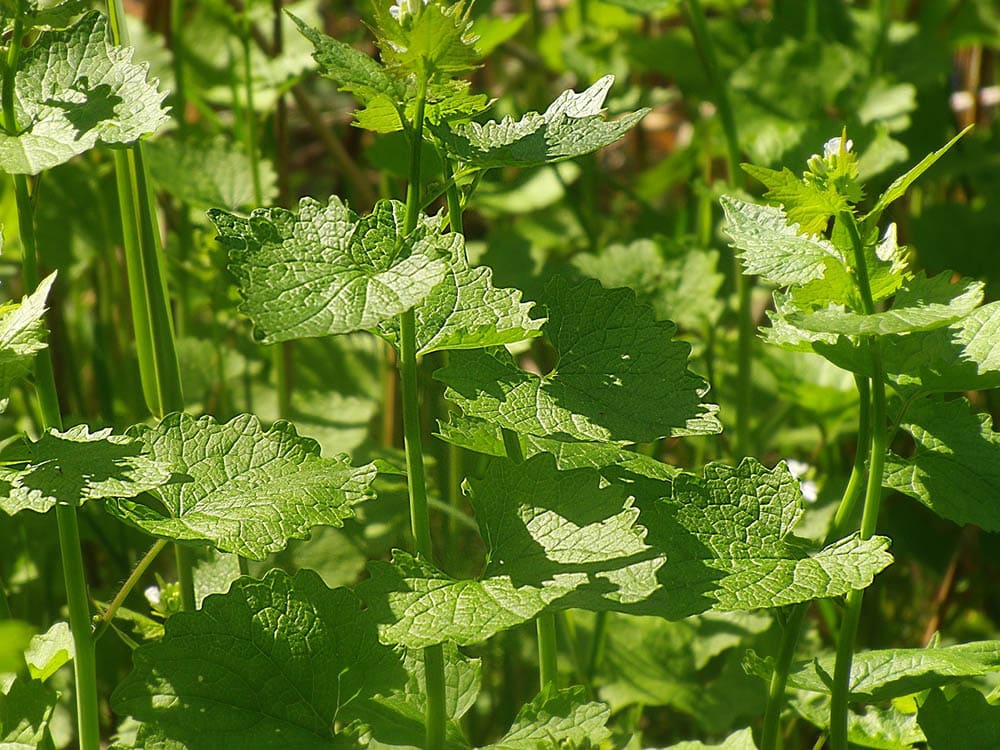
Mustard greens are one of the most beneficial cover crops that make the best companion for tomatoes. Their greens are mixed with the soil before planting tomatoes to minimize verticillium wilt. It is a disease caused by a soil-borne fungus called Verticillium dahliae.
If you have tomatoes, you’d know how often this problem occurs in your plants. Mix as many mustard greens into the soil to keep your tomatoes healthy.
8. Cowpeas

More commonly known as black-eyed peas, cowpeas are more than just a New Year’s Day good luck traditional dish. These plants can attract the Southern green stink bug, an insect species that feeds on many crops, including tomatoes.
Cowpeas help in pest control, reducing the chances of infections in your tomato crops. So, you should make them a part of your tomato companion planting.
9. Oat and Winter Rye
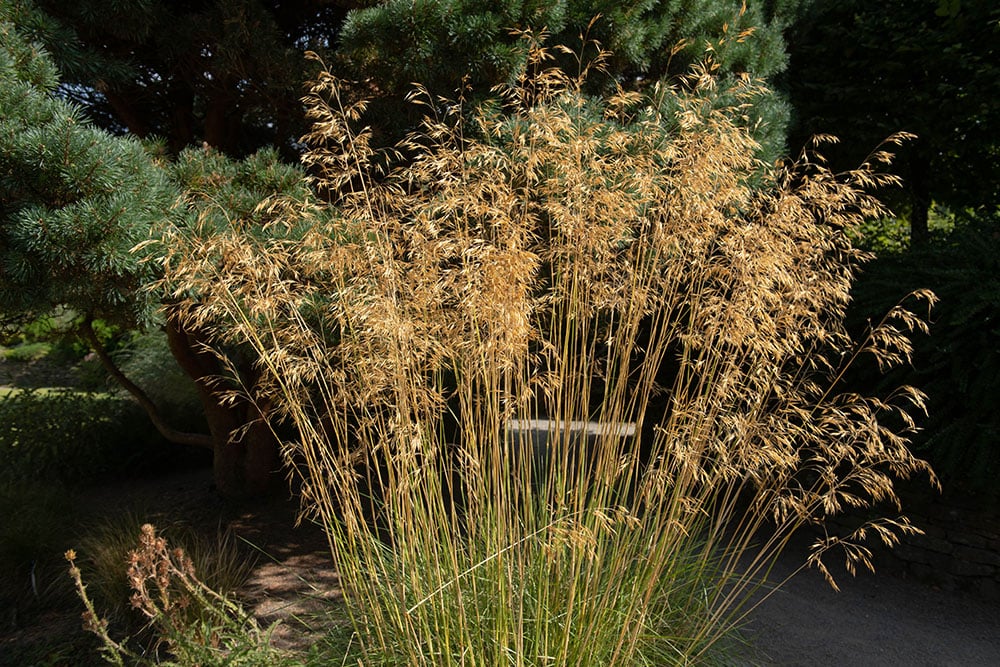
These grass-like grains are pretty beneficial for tomato plants as they prevent weed growth in your garden. The matting of the oat restricts the weed from growing. On the other hand, winter rye suppresses its growth by avoiding seed germination.
10. Collard

Collard is a leafy vegetable with an exquisite cabbage-like appearance. This plant also makes the best companion for tomatoes as they deter many pests and disease-causing bugs from the garden.
Planting collard at a distance of a few feet away from your tomato crops can help you repel harlequin bugs. However, collard plants are more like sacrificial plants that you can’t harvest.
11. Cucumbers
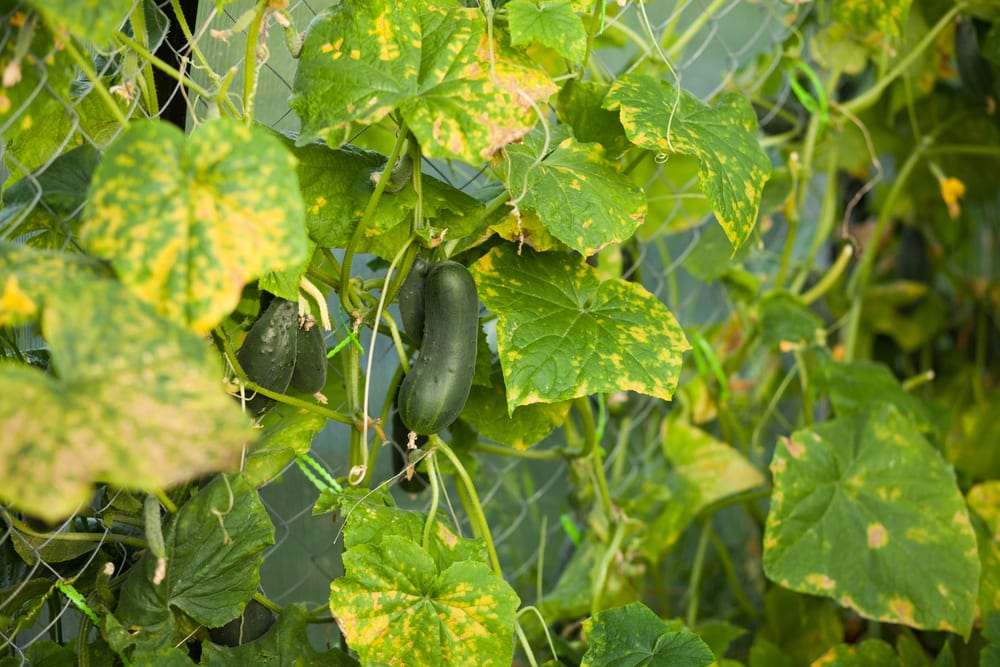
This easy-to-grow standard crop is one of the most beneficial tomato companions. Cucumbers prevent the germination and growth of weed seeds by restricting the sunlight from reaching them. So, it’s a good idea to grow these plants near tomatoes.
Despite that, many expert gardeners suggest growing cucumber plants at a distance from tomatoes. Both crops may share some deadly diseases, including phytophthora blight and mosaic virus. Not a mutual gain relationship, after all.
12. Carrots

Many gardeners plant carrots close to tomato fields to loosen up the soil. While your tomatoes taste amazing, you may face a little trouble growing carrots.
Carrots are generally a bit tricky to grow. When you plant them too near tomatoes, they may not get as big as you expect them to. However, they will taste amazing.
13. Lettuce
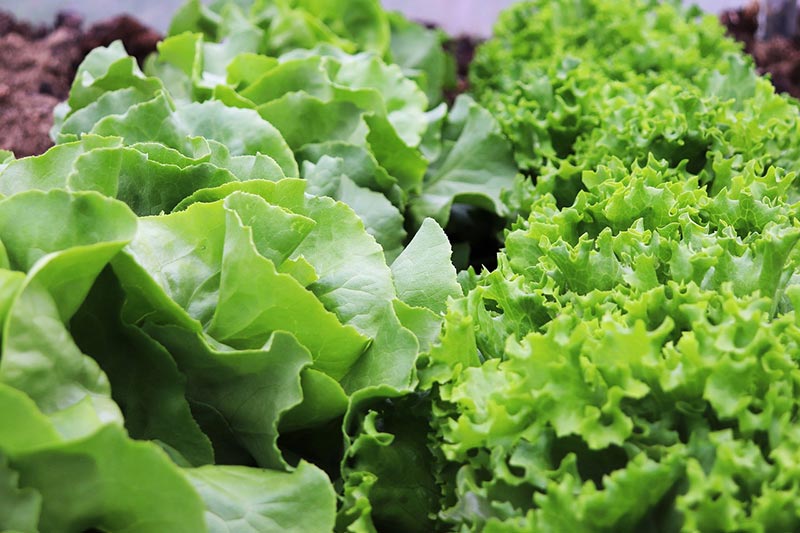
Lettuce is a cool-season plant that ensures the optimal health of your tomato plants. The plant is usually grown under the taller tomato plants, serving as their mulch. Not only that, but lettuce also keeps the soil moist and cool.
14. Radishes
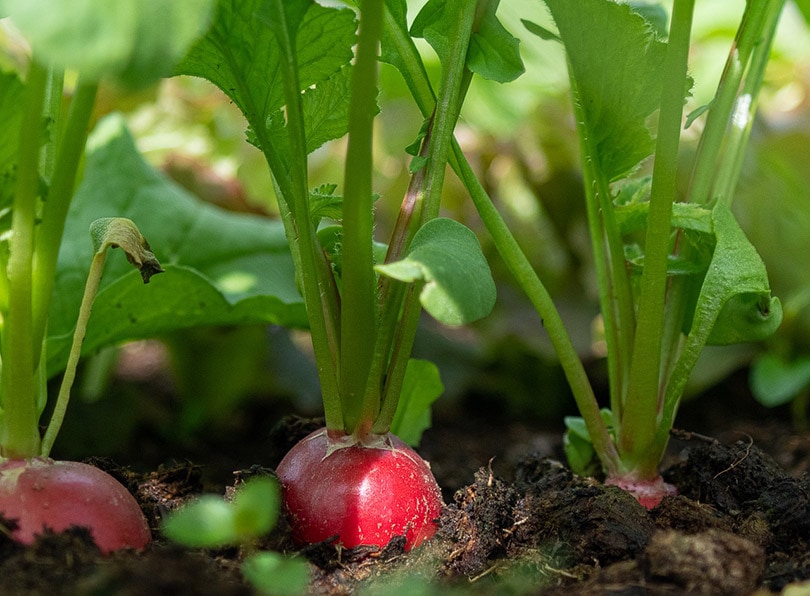
Whether long or short or pink or red, planting any kind of radishes close to tomatoes can prevent pests from damaging crops. Radishes are sacrificial plants that you should plant near the tomatoes’ bases to stop the attack of flea beetles. Doing so keeps your garden evergreen!
15. Sunflowers and Coneflowers
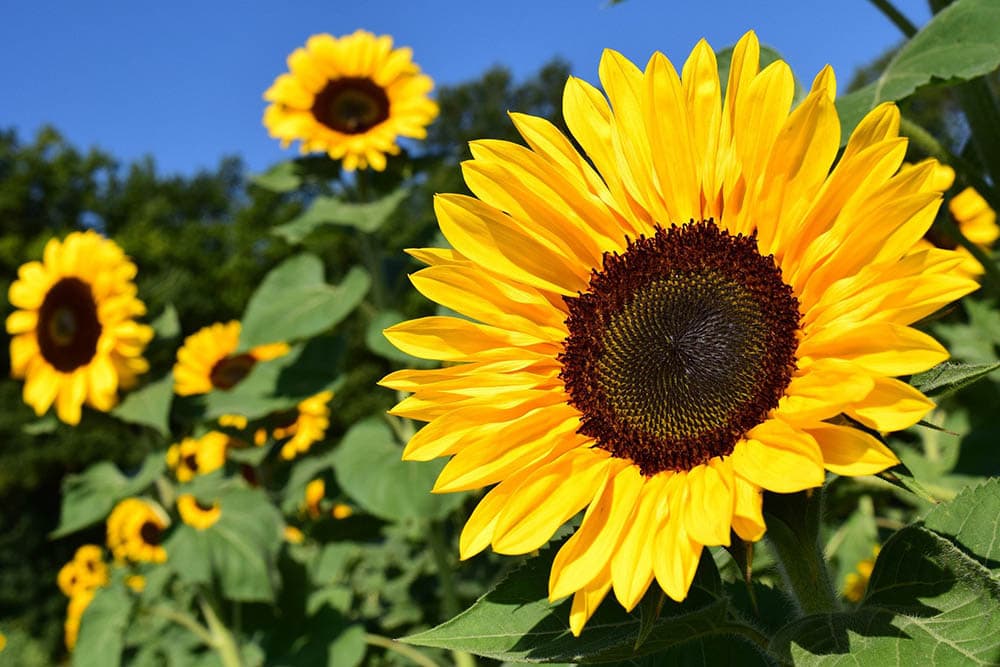
If you’re a flower lover, you can plant as many sunflowers and coneflowers near your tomato garden. While they make your area look beautiful, they also attract bumble bees to tomatoes for pollination.
16. Sweet Alyssum
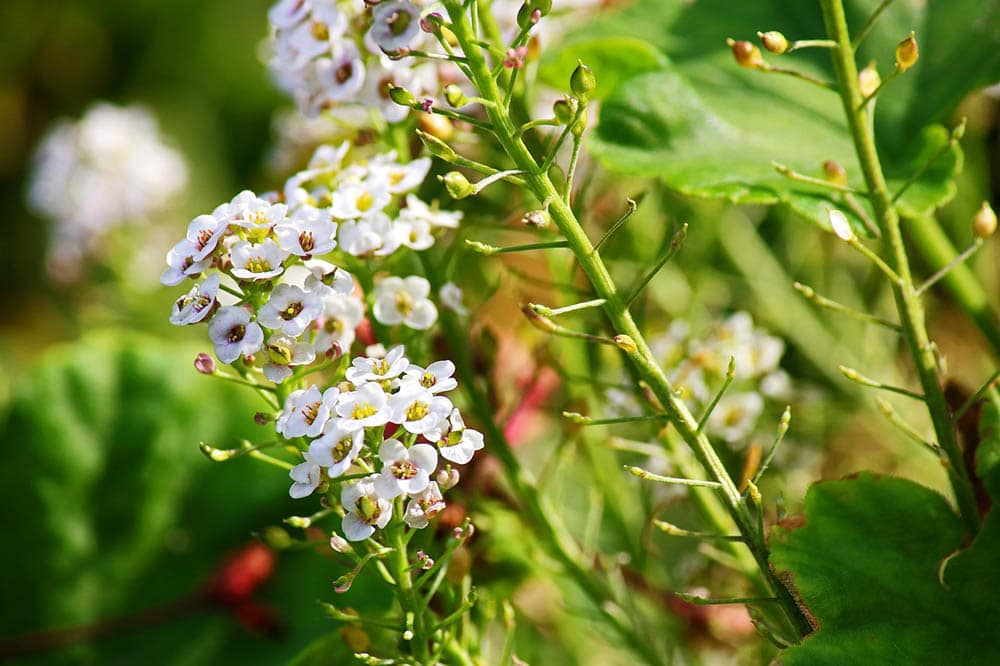
Sweet Alyssum is another gorgeous flower species that makes one of the best companions for your tomato crops. The plant bears tiny-beautiful flowers that feed beneficial bugs, such as parasitic wasps.
The parasitic wasps eat various disease-causing insects, including aphids. Aphids are popular sap-sucking insects that weaken plants from the inside. Thus, sweet alyssum helps tomatoes grow in healthy and favorable conditions.
17. Amaranth

Planting amaranth near your tomato crops can help you control pests. The plant is famous for attracting predatory or good bugs that repel or eat damaging insects in your garden.
18. Nasturtium
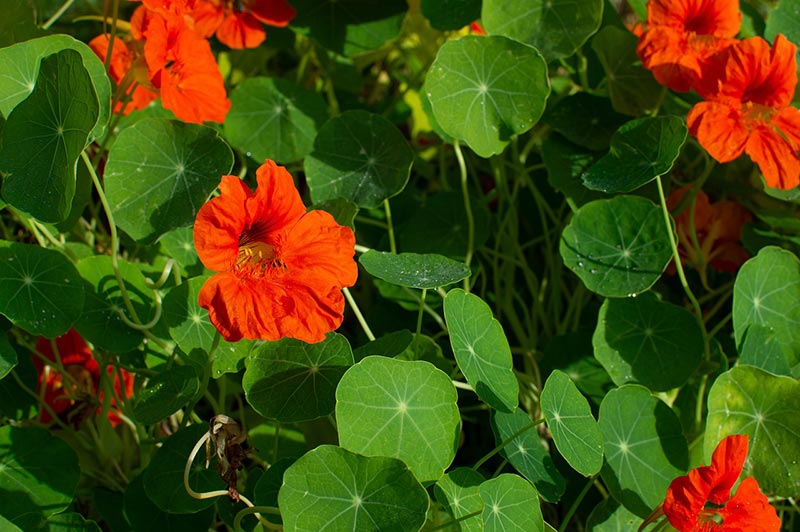
Another gorgeous flower on this list, nasturtium, is a bright yellow edible flower that looks irresistible planted next to tomatoes. The flower serves as bait for aphids, the sap-sucking insects we discussed above.
Besides, since nasturtium is edible, you can also satisfy your taste buds by adding them to your garden as a companion plant. They look and taste fantastic in salads!
19. Borage
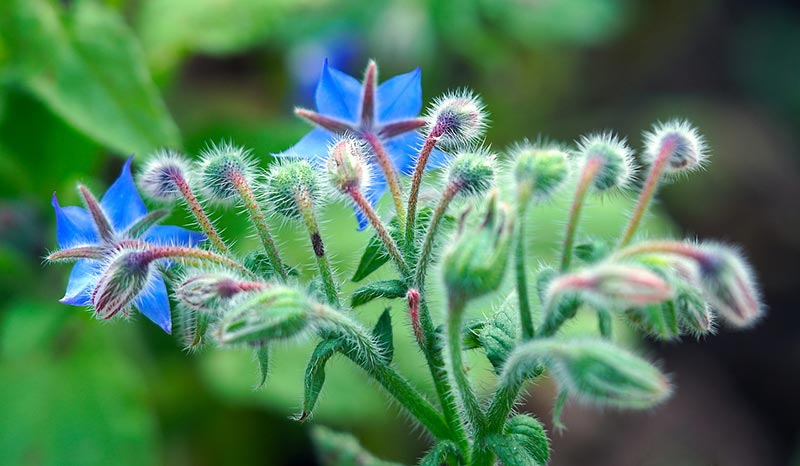
You may know borage from its beautiful blue flowers. It doesn’t only have the same taste as cucumbers, but it also works similarly for tomatoes. This plant boosts growth, enhances tomatoes’ flavors, and keeps hornworms away.
20. French Marigolds
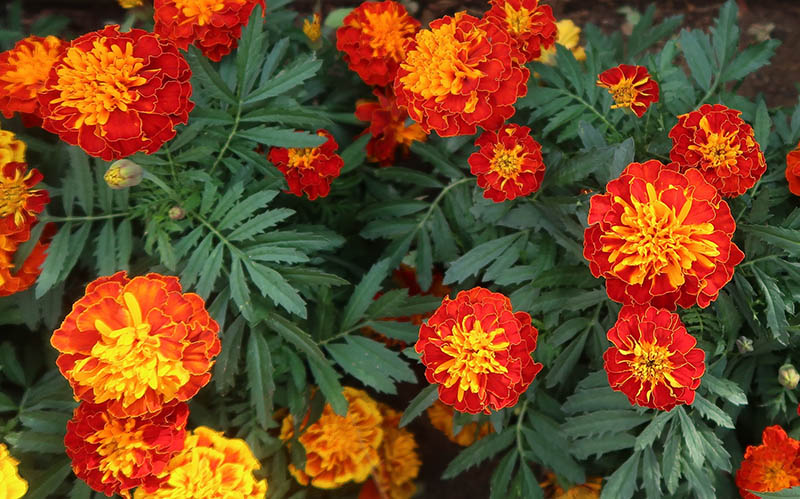
French marigolds are tiny, adorable companions for tomatoes grown in containers. The flower doesn’t only enhance the overall look of your garden area, but it also benefits the tomatoes in many ways. For instance, it keeps pests away from the crops and reduces bad bugs from the soil, especially root-knot nematodes.
21. Garlic
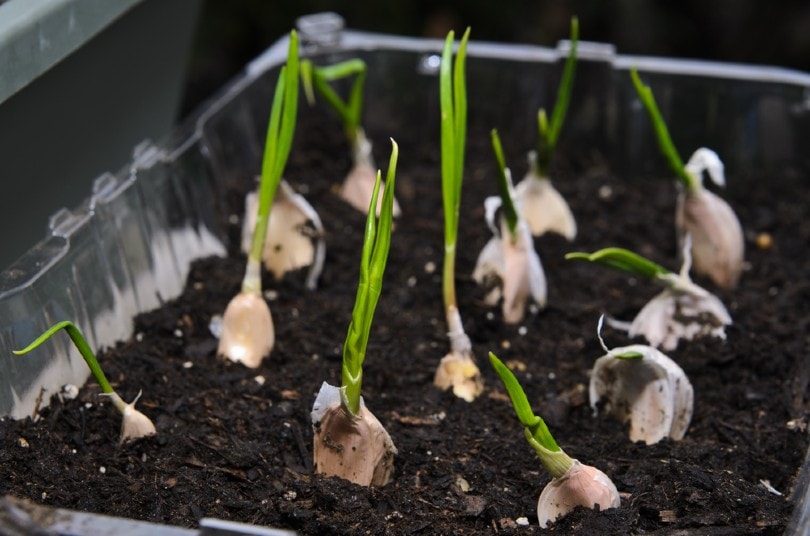
Garlic has never-ending varieties. No matter which one you opt for, they all give equally beneficial results in companion planting. For instance, growing any garlic plant species near your tomatoes will control late blight and repel dangerous insects, such as red spider mites.
8 of the Worst Tomato Companion Plants
When taking care of your tomatoes, you must also know about plants that don’t get along with them. Growing these plants close to the tomato crops may inhibit the plant’s growth, invite nasty pests to your garden, and even cause different diseases.
Here are eight of the worst companion plants that you shouldn’t plant next to or even close to your tomatoes:
1. Corn
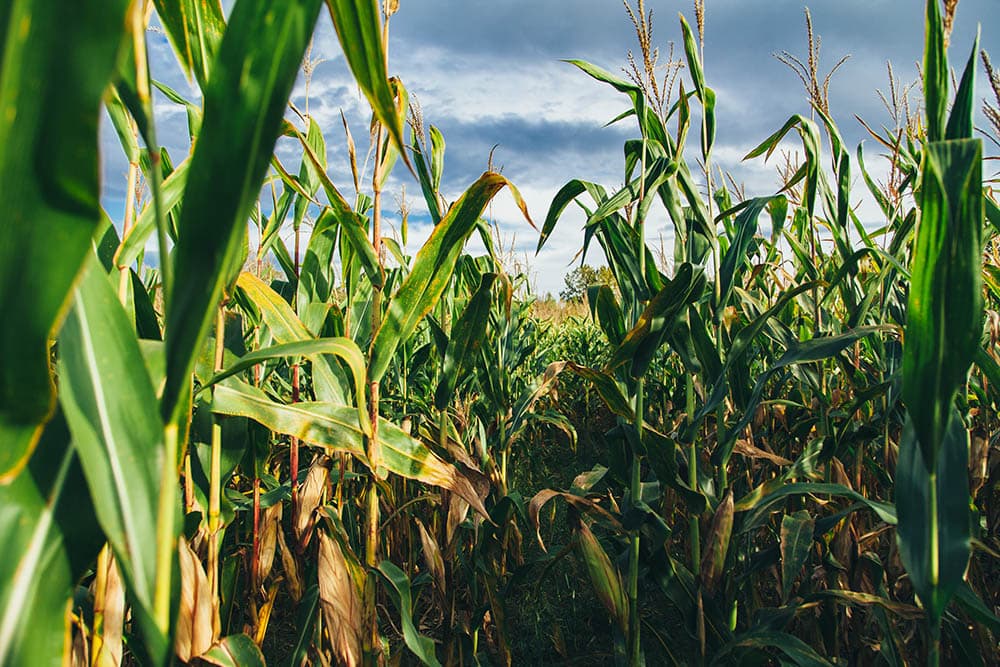
The corn plant suffers from corn earworms now and then. This pest is similar to the tomato fruitworm that affects tomato crops. Thus, growing corn and tomatoes in close proximity would be like inviting a disaster to your garden.
2. Walnut and Butternut Trees
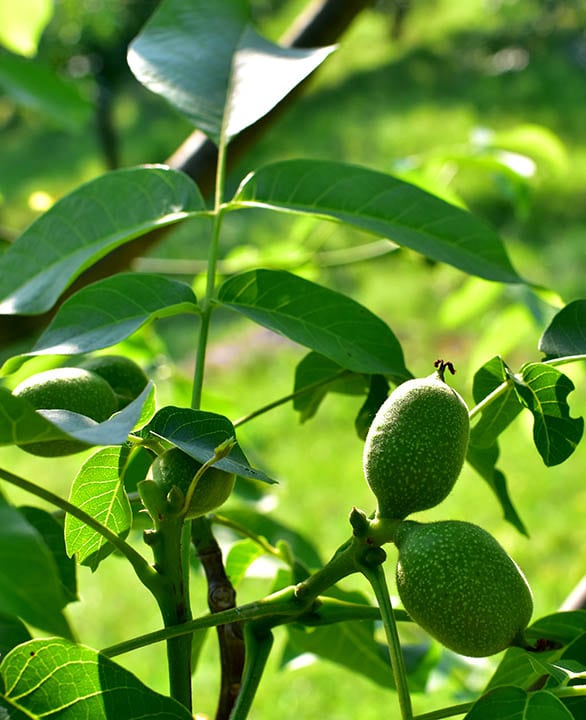
Walnuts are the last worst companion plants for tomatoes on this list. Many experts recommend never planting tomatoes under butternut and walnut trees. That’s because they create juglone, an allelopathic chemical that suppresses the growth of tomato plants.
This chemical not only affects tomatoes. It also inhibits the growth of all the plants included in the nightshade family. Moreover, growing walnuts or butternuts close to tomatoes can also lead to walnut wilt disease in tomatoes.
3. Potatoes, Eggplant, and Peppers
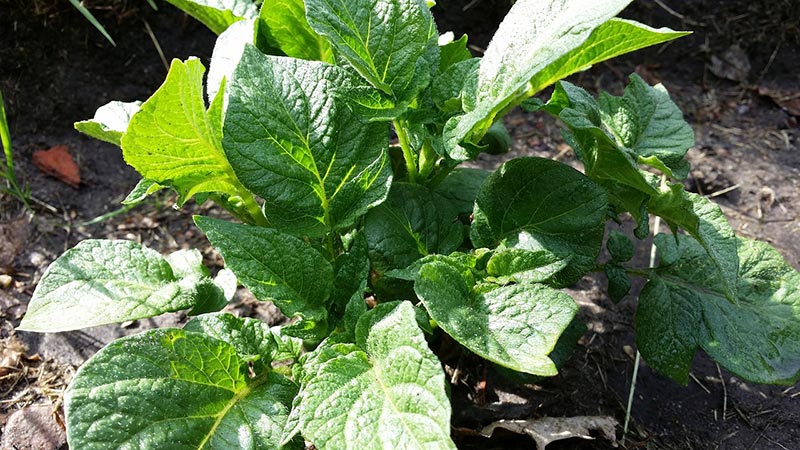
All these plants are the relatives of tomatoes, belonging to the nightshade family. Unfortunately, they are the prime victims of late and early blight, which can develop in the soil and worsen over time. So, it’s better not to plant all these crops close or next to each other for at least three years.
Moreover, hornworms love to feed on the fruit and foliage of peppers, potatoes, tomatoes, and eggplants. Once they get close to these plants, they instantly destroy them.
Another reason not to plant these crops together is the development of potato blight in potatoes. Planting tomatoes in their proximity can make them more vulnerable to this condition.
4. The Veggies of the Brassica Family

The Brassica family consists of cabbage and many of its relatives. These include Brussels sprouts, broccoli, kale, kohlrabi, cauliflower, turnip, rutabaga, and more. All these veggies can suppress the growth of tomato crops.
However, surprisingly, the Brassica family also includes collards, which we have listed as the best companion for tomatoes. If you’re following carefully, we mentioned that the plant must be placed a few feet away from tomato crops.
Since collard greens are excellent in luring away harlequin bugs, they could benefit your tomatoes, but be sure to maintain the distance when planting them.
5. Fennel
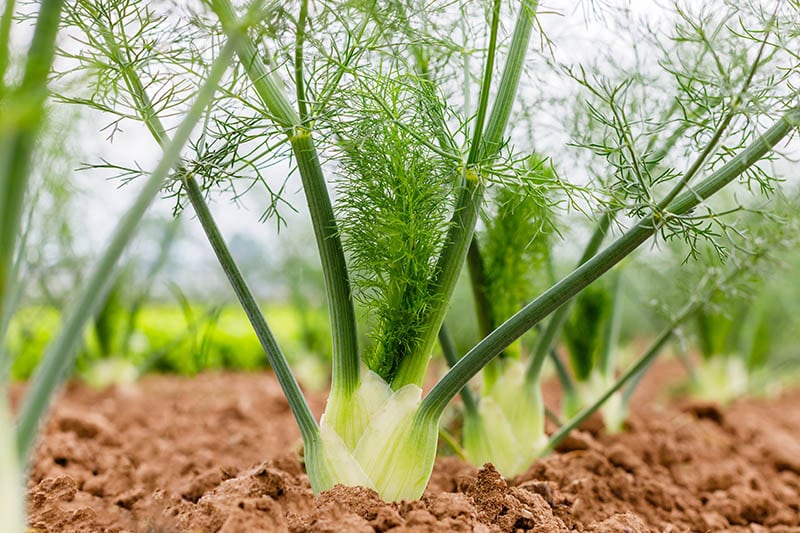
It’s difficult to decide whether fennel is the best companion to tomatoes or the worst. On the one hand, fennel prevents aphids from coming close to tomatoes. But on the other hand, its roots secrete a component that suppresses the growth of tomato plants.
Not only the tomatoes, but this secretion also impacts other plants nearby. So it’s better not to plant fennel near tomatoes and opt for sweet alyssum or nasturtium.
Conclusion
Tomatoes are easy-to-grow plants, but they do require proper care and favorable conditions to thrive. If you have been facing issues with your tomato crops for quite some time now, try companion planting to ensure their optimum health and prevent wilting.
Companion planting is an excellent way to control pests, prevent diseases, yield better output, improve soil health, and boost pollination in your tomato garden.
Whether basil, bush beans, or cucumbers, planting the best companion plants near tomatoes can help you achieve your desired gardening results. Happy Planting!
Featured Image Credit: Dan Gold, Unsplash
Contents

